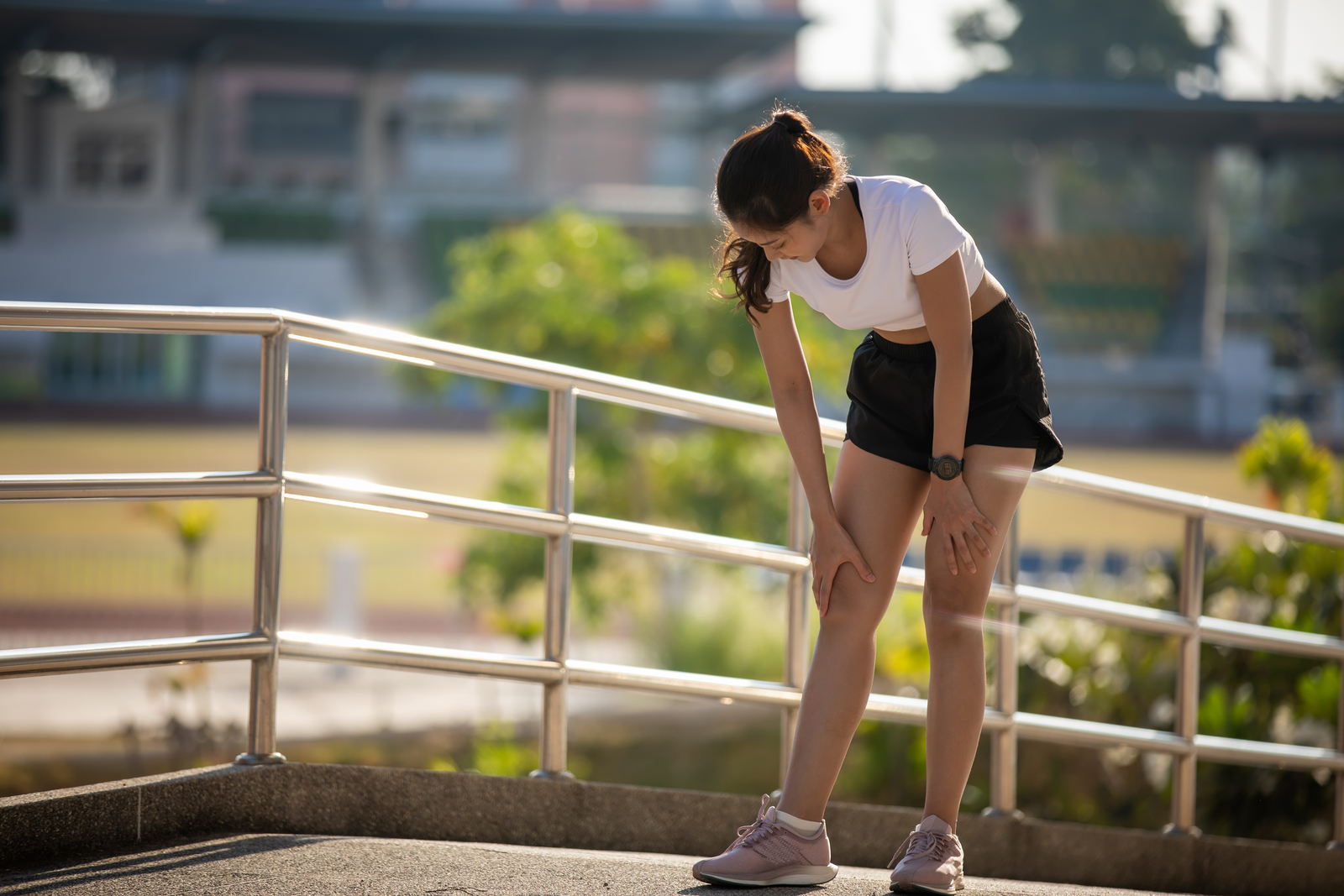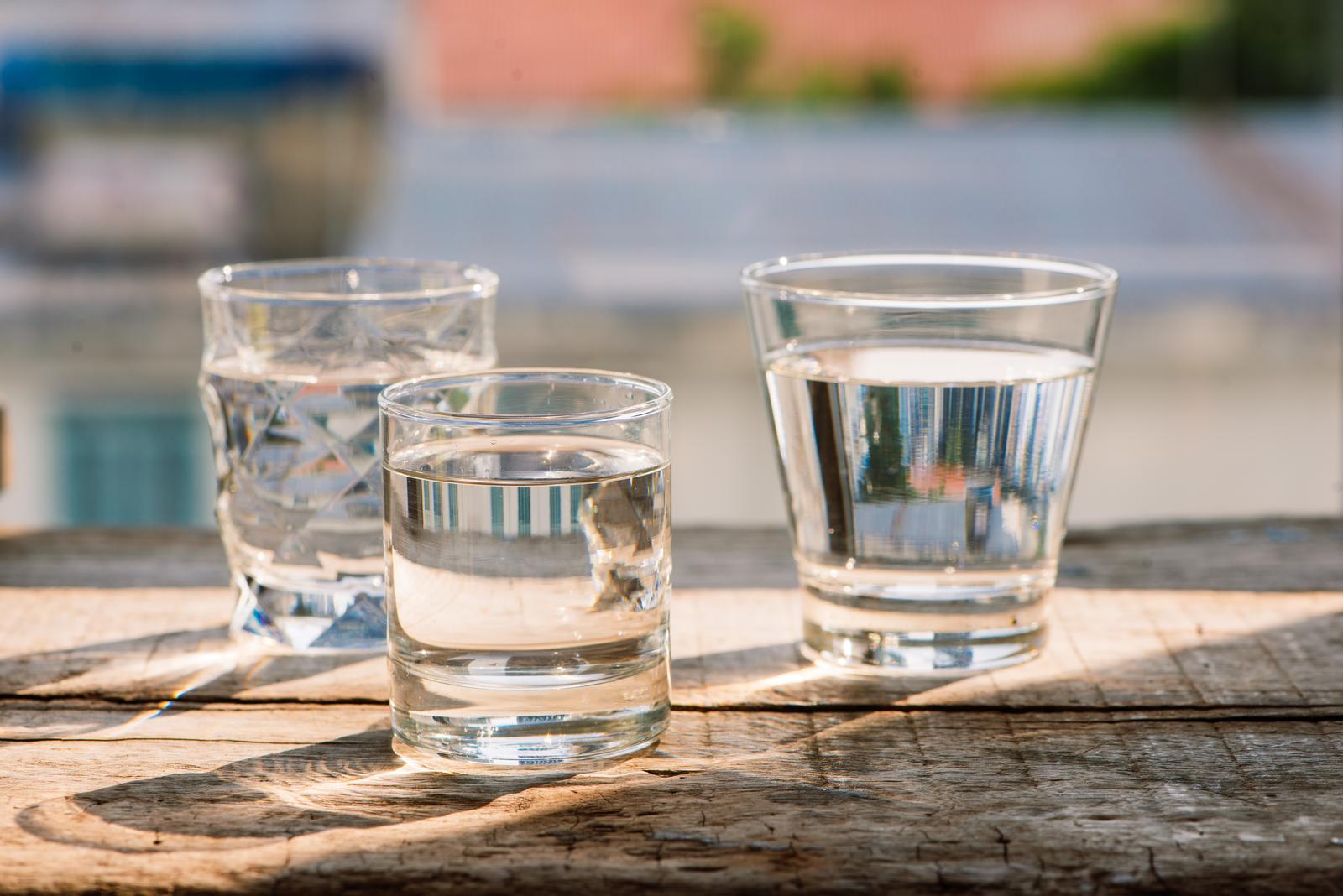
Understanding and Managing Dolor Detras de la Rodilla Lado Externo
Experiencing pain behind the knee on the lateral side, also known as popliteal tendinitis, is a common issue among runners. This guide aims to provide you with a comprehensive understanding of what causes this pain, how to prevent it, and effective treatment options.
What is Popliteal Tendinitis?
Popliteal tendinitis is an inflammation of the popliteal tendon, a small, flat, triangular muscle located at the back of the knee. This muscle plays a crucial role in stabilizing the knee joint and facilitating its flexion and rotation. When the tendon becomes inflamed, it can cause significant discomfort and hinder your running performance.
Symptoms of Popliteal Tendinitis
Recognizing the symptoms early can help in managing the condition more effectively. Common symptoms include:
- Pain behind the knee, especially on the lateral side.
- Swelling and tenderness in the affected area.
- A burning sensation that worsens with activity.
- Increased pain when flexing the knee or taking large strides.
Causes of Pain Behind the Knee (Lateral Side)
Several factors can contribute to the development of popliteal tendinitis, including:
- Overuse and Repetitive Stress: Running downhill or on uneven terrain can put extra strain on the popliteal tendon by forcing it to work harder to stabilize the knee. This can lead to micro-tears and inflammation over time, making it essential to vary running surfaces and allow for adequate recovery.
- Improper Footwear: Worn-out or inappropriate running shoes can exacerbate the condition by failing to provide the necessary support and cushioning. This can alter your gait and increase the stress on the popliteal tendon. It’s crucial to choose shoes that match your foot type and running style and to replace them regularly.
- Muscle Imbalances: Weak or tight muscles around the knee, such as the quadriceps, hamstrings, and calf muscles, can lead to added stress on the tendon. These imbalances can cause improper alignment and movement patterns, further straining the popliteal tendon. Incorporating strength training and flexibility exercises can help address these imbalances.
- Sudden Changes in Activity Level: Rapidly increasing the intensity or duration of your runs can trigger inflammation by overloading the popliteal tendon. This sudden change does not give the tendon enough time to adapt, leading to overuse injuries. It’s important to follow a gradual progression in your training plan to allow your body to adjust safely.
How to Prevent Popliteal Tendinitis
Preventing popliteal tendinitis involves making mindful adjustments to your running routine and overall fitness regimen. Here are six steps to help you avoid this painful condition:
Step 1: Choose the Right Footwear
Wearing proper running shoes that offer adequate support and cushioning can significantly reduce the risk of injury. It’s important to choose shoes that match your foot type and running style for optimal benefits. Ensure you replace your shoes regularly to maintain optimal support and avoid injuries from worn-out footwear.
Step 2: Warm Up Properly
Incorporate a thorough warm-up routine that includes dynamic stretches to prepare your muscles and tendons for the run. This helps increase blood flow and flexibility, reducing the risk of strains and sprains. Focus on exercises that target the legs and knees to ensure they are ready for the physical activity.
Step 3: Strengthen Key Muscles
Strengthening the muscles around the knee, such as the quadriceps, hamstrings, and calves, can provide better support and reduce strain on the popliteal tendon. Including exercises like squats, lunges, and leg presses in your workout routine can help enhance muscle stability. Consistently working on these muscles will contribute to overall knee health and injury prevention.
Step 4: Incorporate Flexibility Training
Regular stretching can improve flexibility and reduce tension in the muscles and tendons. Pay special attention to the hamstrings and calves, as tightness in these areas can impact the knee and cause discomfort. Incorporating flexibility training into your routine can lead to more efficient movement and decreased injury risk.
Step 5: Gradually Increase Activity Level
Avoid sudden increases in your running distance or intensity to prevent overuse injuries. Gradually building up your endurance allows your body to adapt to the new demands safely. This approach helps in avoiding the stress and strain that sudden changes can place on your muscles and joints.
Step 6: Use Proper Running Technique
Ensuring you have the correct running form can prevent undue stress on your knees and other joints. Focus on maintaining a midfoot strike, keeping your knees slightly bent, and avoiding overstriding to promote efficient and injury-free running. Practicing good technique will help in sustaining long-term running health and performance.
Treatment Options for Popliteal Tendinitis
If you find yourself dealing with pain behind the knee, several treatment options can help manage and alleviate the symptoms:
Rest and Ice
Taking a break from running and allowing the body to recover is crucial for reducing inflammation. Applying ice to the affected area can significantly alleviate pain and swelling. Aim to ice the area for 15-20 minutes several times a day for optimal results.
Compression and Elevation
Using a compression bandage helps manage swelling by providing consistent pressure to the inflamed area. This can prevent excessive fluid buildup and promote faster healing. Elevating the leg above heart level can further reduce swelling by encouraging fluid drainage away from the injured site.
Anti-inflammatory Medications
Over-the-counter anti-inflammatory medications, such as ibuprofen, can be effective in managing pain and reducing inflammation. These medications work by blocking the body’s production of substances that cause inflammation. However, always consult with a healthcare professional before taking any medication to ensure it is safe and appropriate for your condition.
Physical Therapy
Working with a physical therapist can provide you with a tailored exercise program designed to strengthen the knee and surrounding muscles. These exercises help address any biomechanical issues that may be contributing to the tendinitis. Additionally, physical therapy treatments such as massage and stretching can improve flexibility and reduce pain.
Ultrasound Therapy
Ultrasound therapy uses sound waves to increase blood flow to the affected area, promoting tissue healing. This increased circulation can help reduce pain and inflammation. Regular ultrasound therapy sessions can enhance the overall recovery process and provide significant relief.
Custom Orthotics
Improper foot mechanics can contribute to knee tendinitis by causing misalignment and undue stress on the knee joint. Custom orthotics can provide the necessary support and alignment needed to correct these issues. By improving foot mechanics, orthotics can help prevent further injury and promote long-term joint health.
When to See a Doctor
While many cases of popliteal tendinitis can be managed with at-home treatments, it’s important to seek medical attention if:
- The pain persists for more than a few weeks.
- You experience severe swelling or a noticeable lump behind the knee.
- The pain interferes with your daily activities.
- You develop a fever alongside the knee pain.
- There is redness or warmth around the affected area.
- You have difficulty bending or straightening the knee.
- You notice a decrease in mobility or strength in the affected leg.
Conclusion
Understanding the causes, symptoms, and treatment options for pain behind the knee on the lateral side is crucial for effective management and prevention of this common issue among runners. This knowledge empowers individuals to identify the early signs of potential problems and take proactive steps to address them. By recognizing these factors, runners can make informed decisions about their training and recovery strategies.
Implementing preventative measures and seeking appropriate treatment can keep you on the path to pain-free running. Regular strength training, proper stretching routines, and attention to running form are essential components of injury prevention. Additionally, consulting with healthcare professionals when necessary ensures that any issues are addressed promptly and effectively, allowing runners to maintain their performance and enjoy their sport without discomfort.
Stay Informed and Injury-Free
We hope you’ve found this comprehensive guide helpful in managing and preventing pain behind the knee on the lateral side. But your journey to pain-free running doesn’t need to stop here! Sign up for our newsletter for more expert advice, tips, and strategies to help you enhance your performance and avoid injuries.
This way, you’ll stay informed and equipped with the knowledge you need to keep running smoothly and efficiently. Remember, a well-informed runner is a resilient runner. So don’t delay; sign up for our newsletter today and continue your path toward optimal running health!




